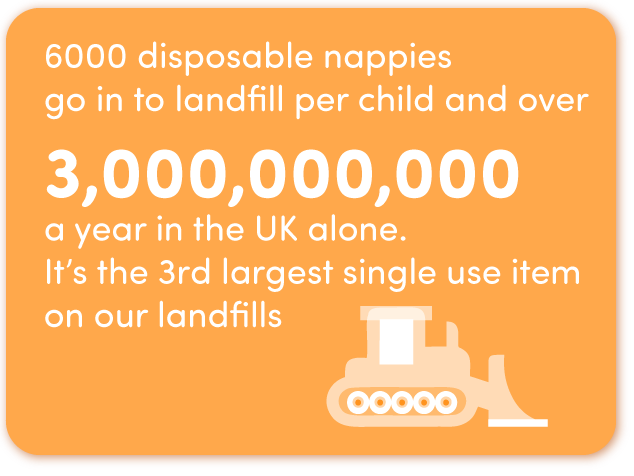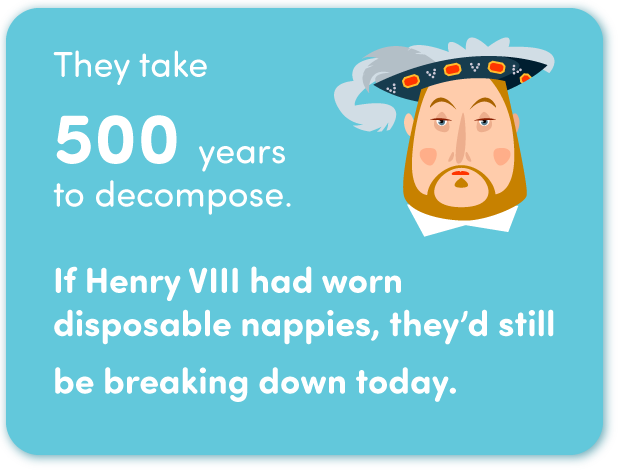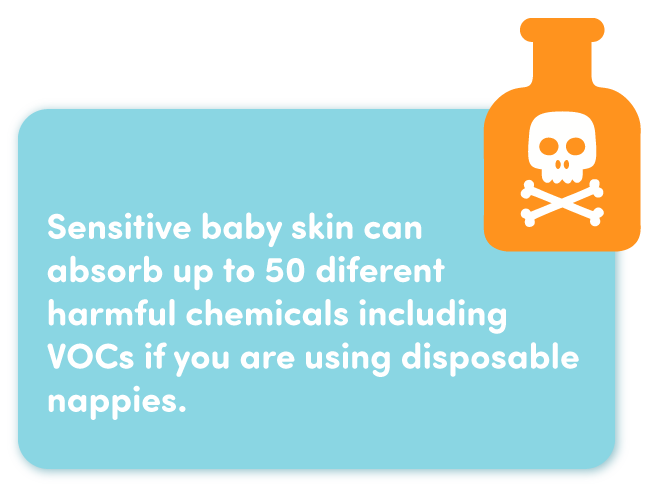
hidden cost of disposable nappies.





why reusable nappies.
Ask the average parent these days whether they use - or have ever considered using - cloth nappies, and they’ll probably look at you like you’ve got three heads. They’ll then either tell you that the idea grosses them out, or they’ll be shocked cloth nappies even exist anymore.
Well, those parents may be surprised to learn that cloth nappies were not, in fact, consigned to the history books after the invention of Pampers back in 1961. But cloth did, unfortunately, gradually become the more ‘alternative’ choice and massively fell out of favour over time.
We don’t think that’s right.
Sure, disposable nappies are convenient. But that’s about where the benefit of using them stops. Not only are the made up of chemicals that can be harsh on your baby’s skin, but they’re also largely made from plastic. We’re sure you’ve all watched enough Attenborough documentaries to know how bad for the planet they are, but in case you don’t know the exact stats, here’s the ugly truth: it takes approximately 500 years for a disposable nappy to decompose in a landfill. That means that, if Henry VIII had worn disposable nappies, they’d still be breaking down today.
Now consider this: around 3 billion disposable nappies are used in the UK alone each year. That amounts to 500,000 tonnes of waste per year. We don’t know about you guys, but we think that’s a pretty absurd amount of trash, and it’s not like there isn’t anything we can do about it, either.
Daunting as making the switch may seem, cloth nappies are super accessible, kind to your baby’s bottom, and infinitely better for the environment. And our mission is to make the best fitting, easiest to use, prettiest, and most ethically produced cloth nappies on the market.
References.
An updated lifecycle assessment study for disposable and reusable nappies
